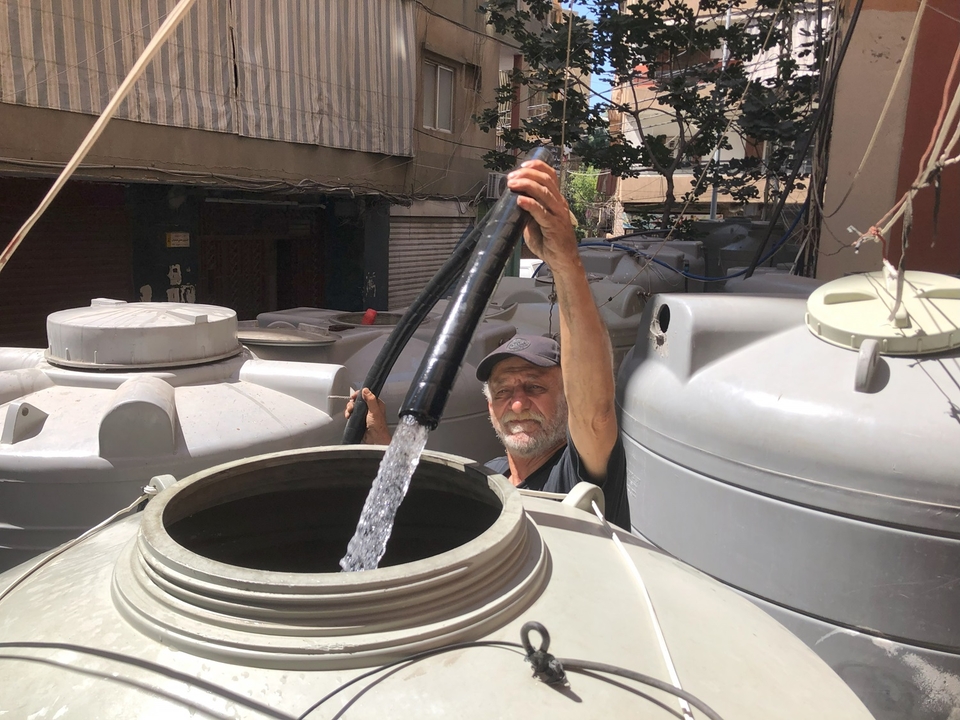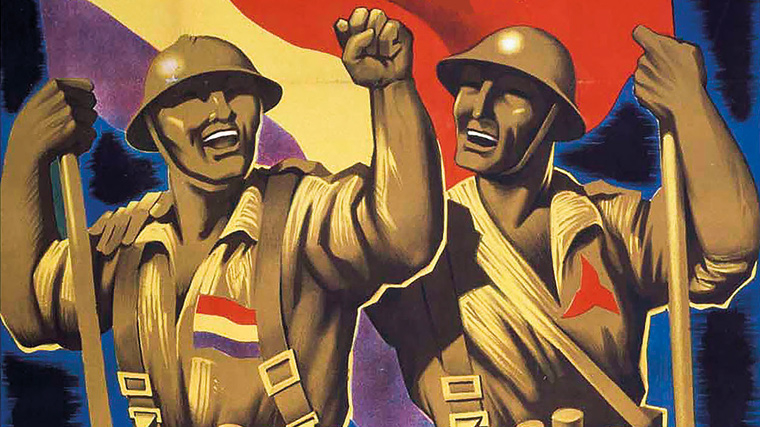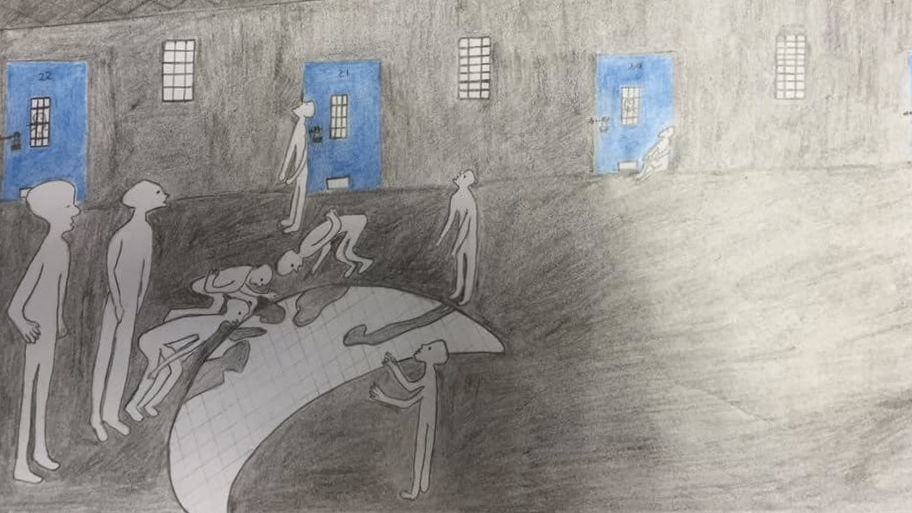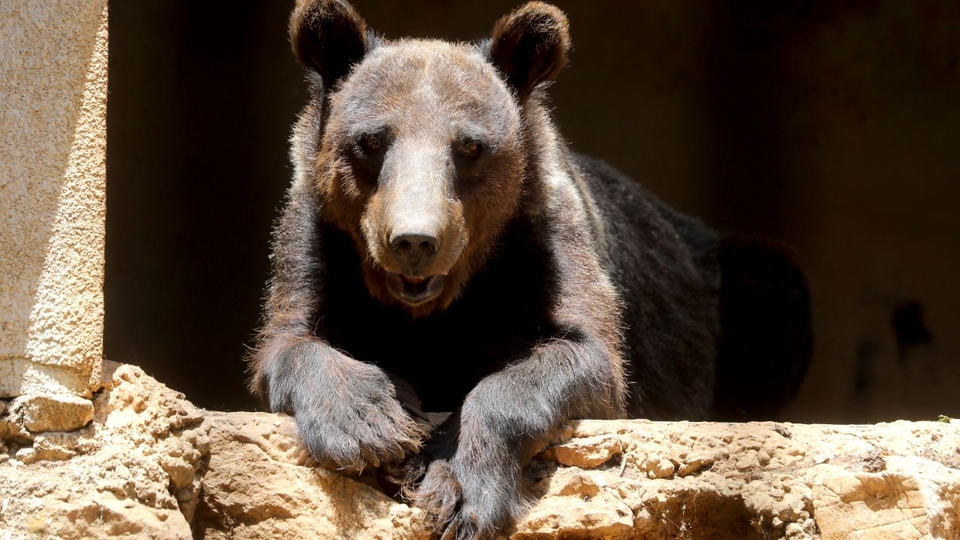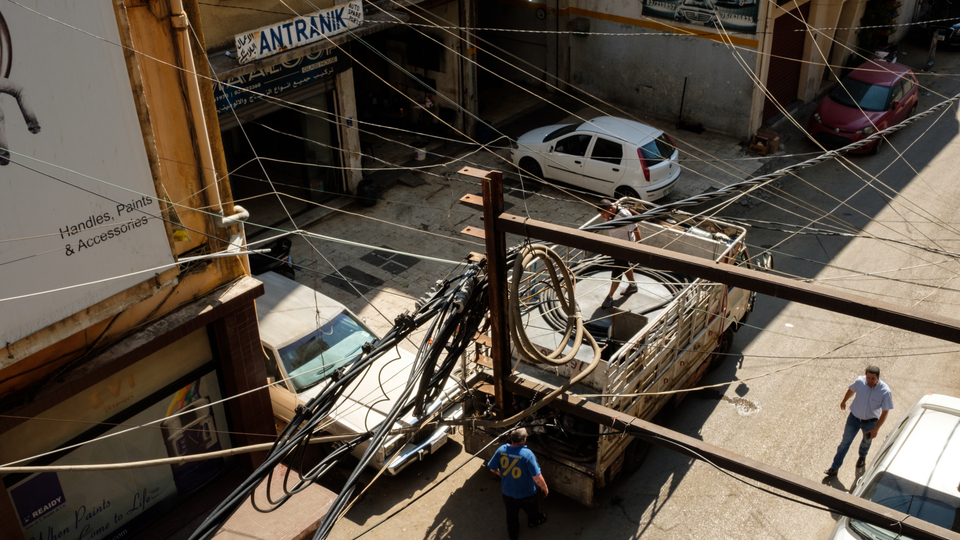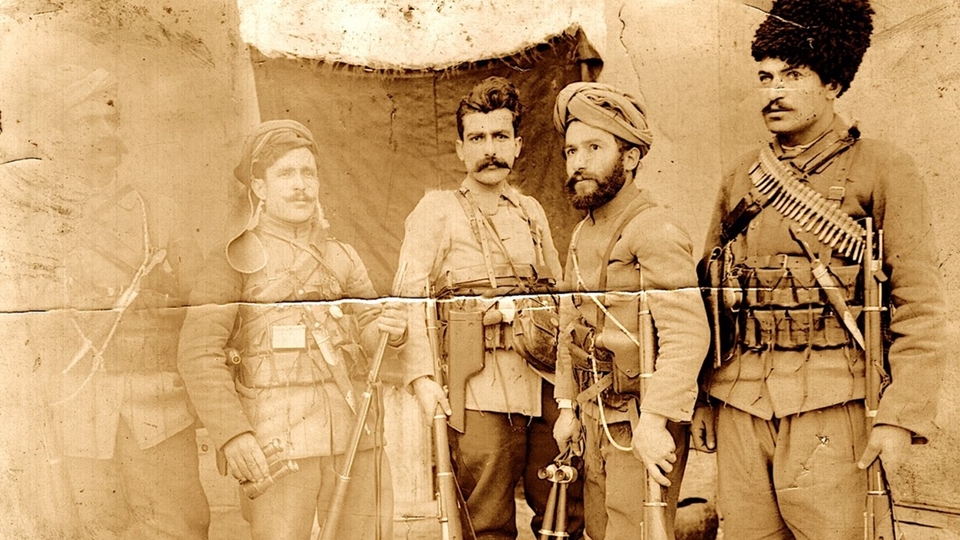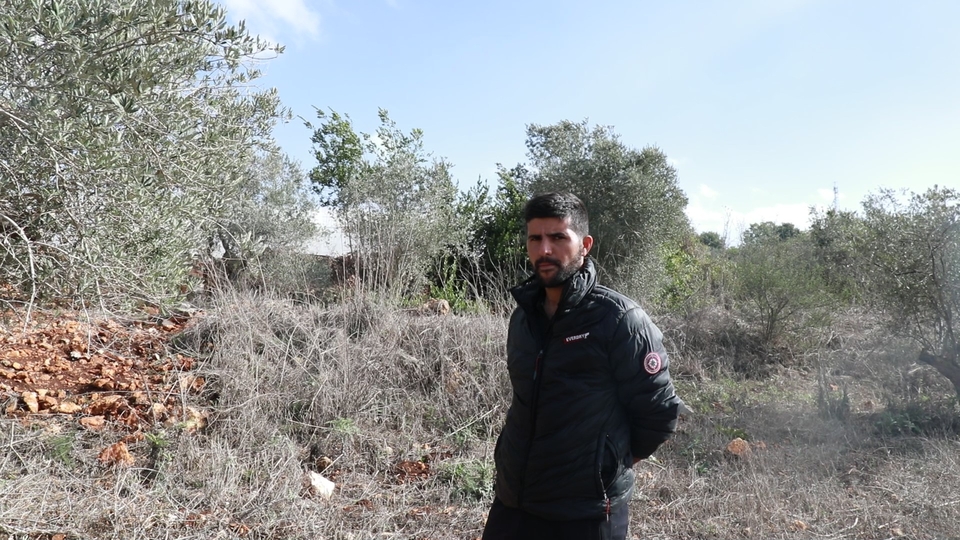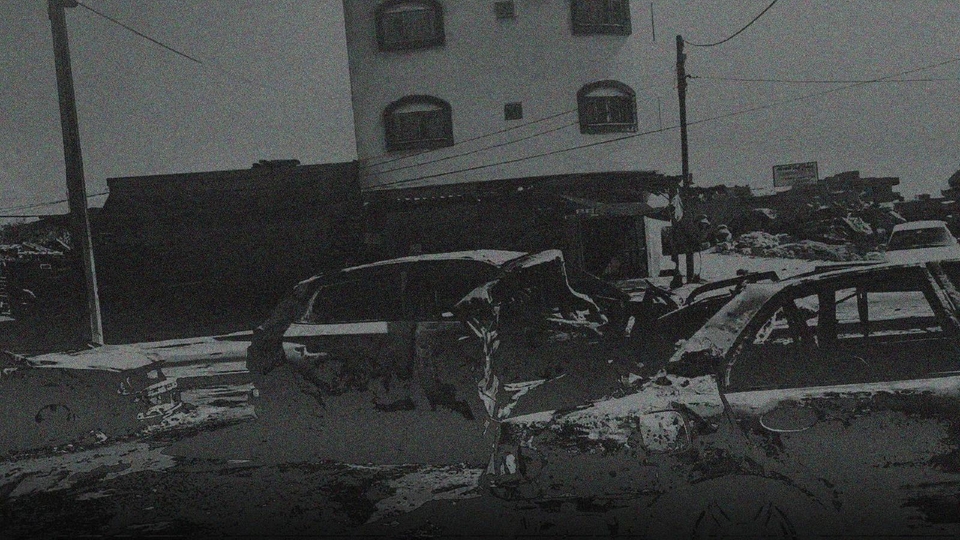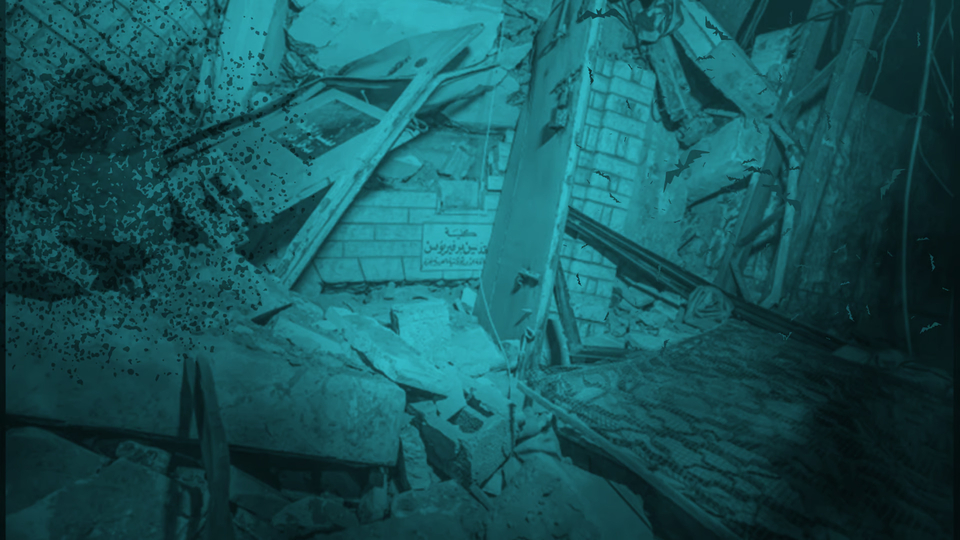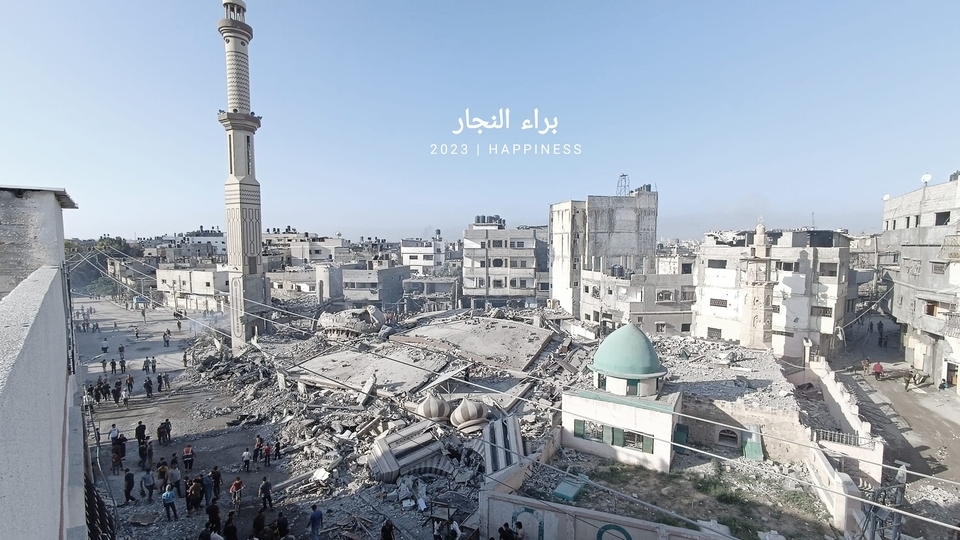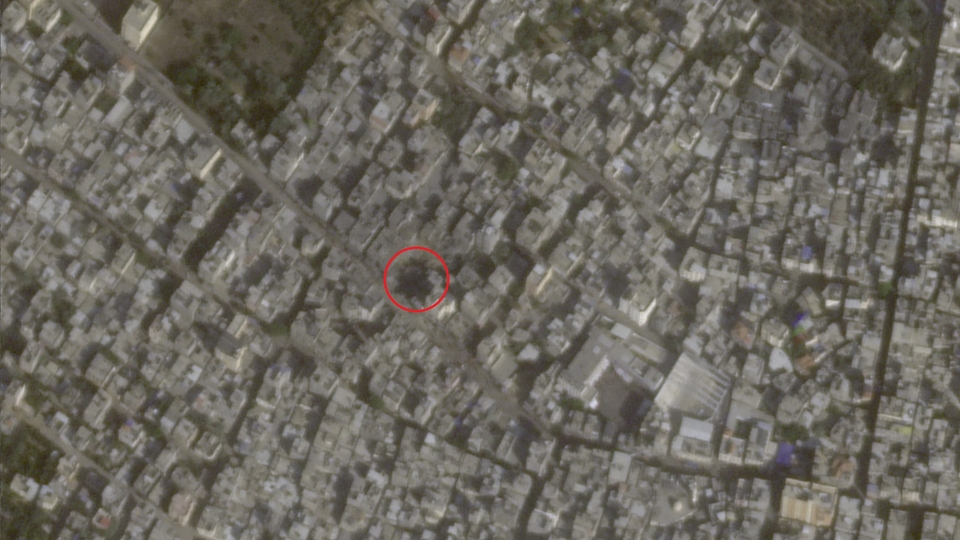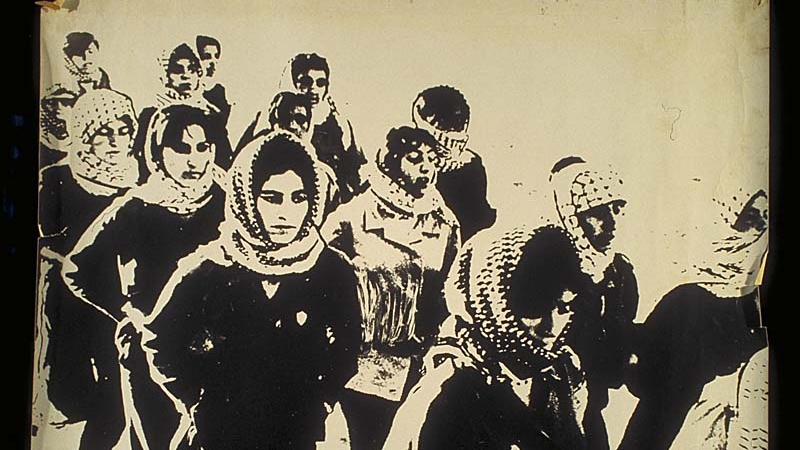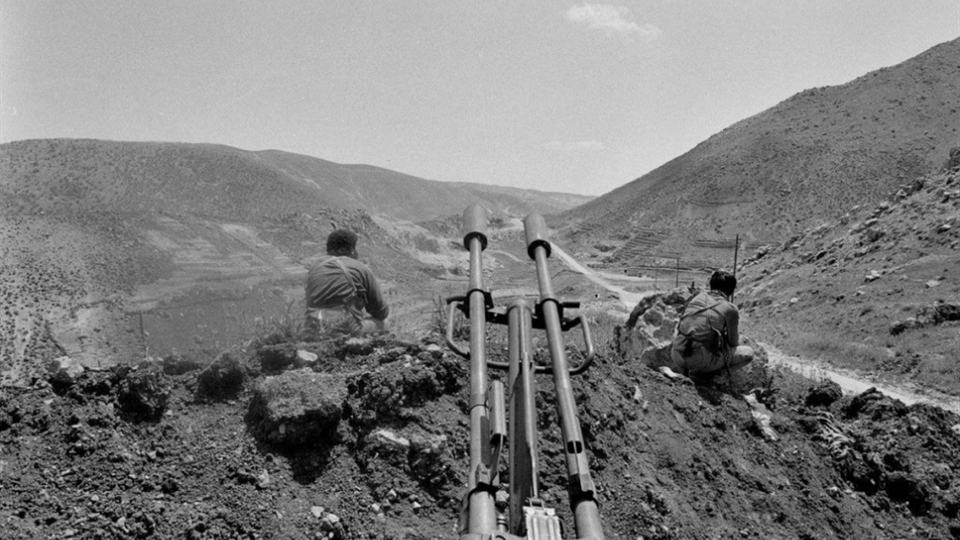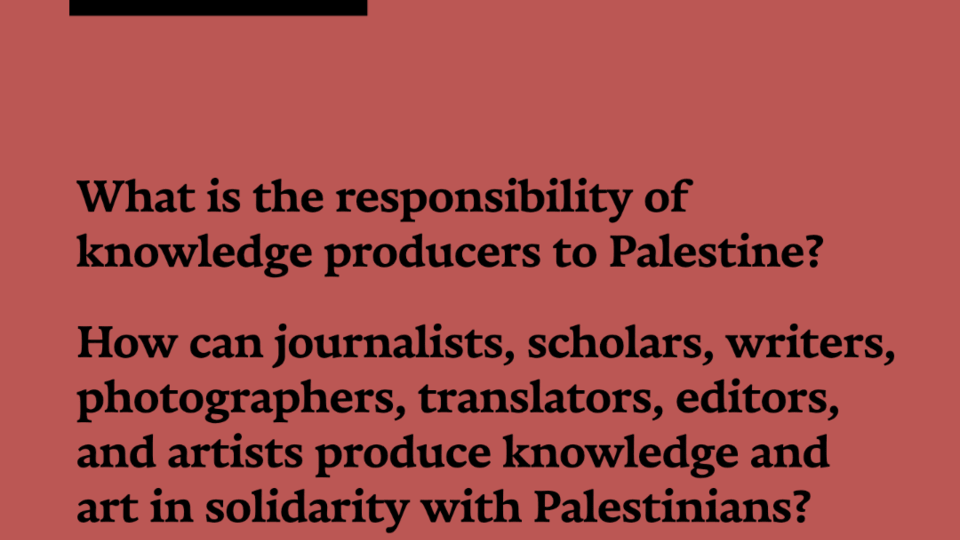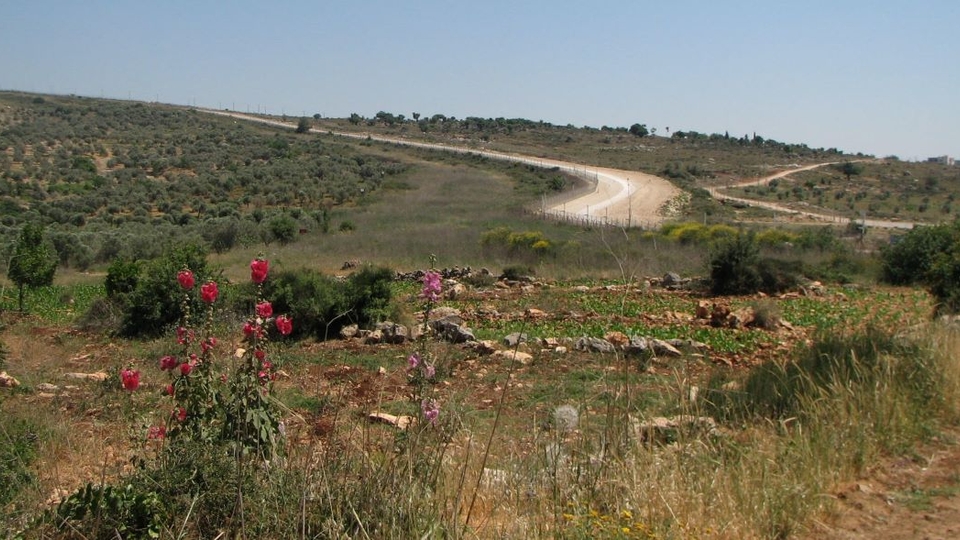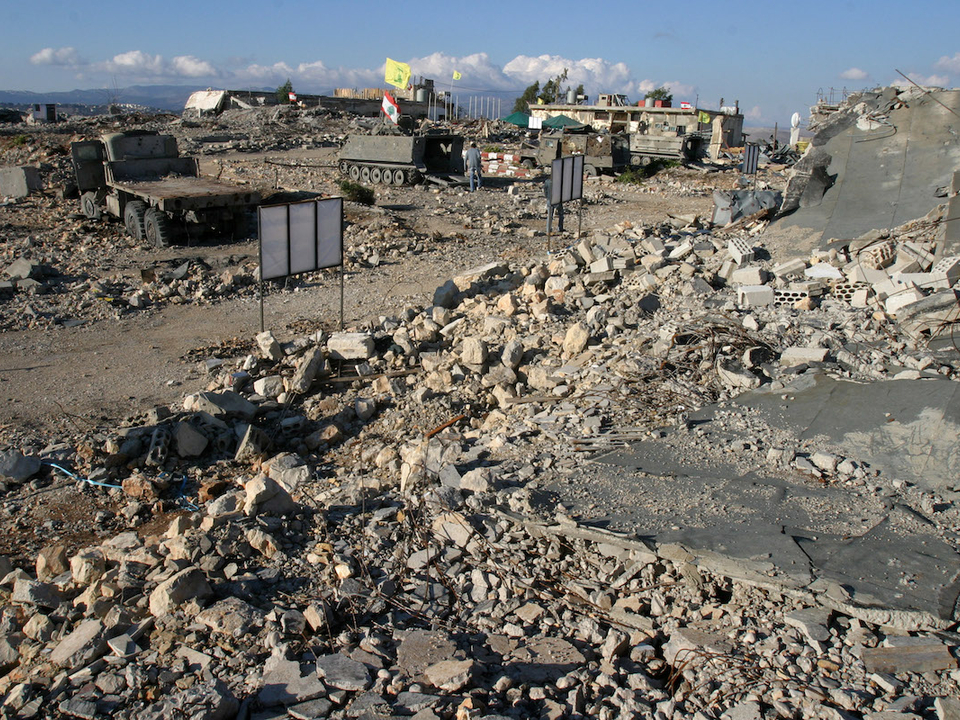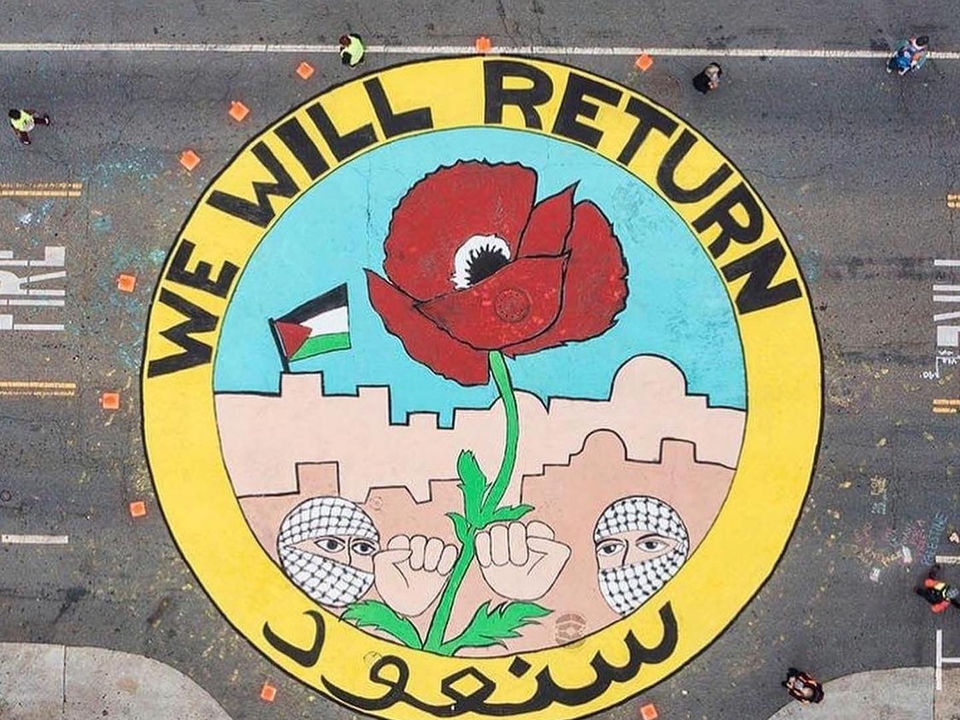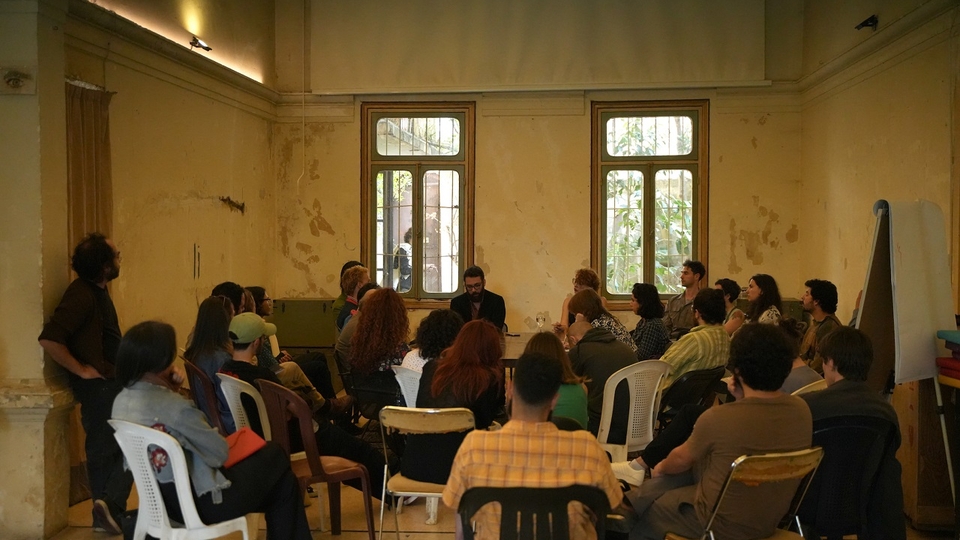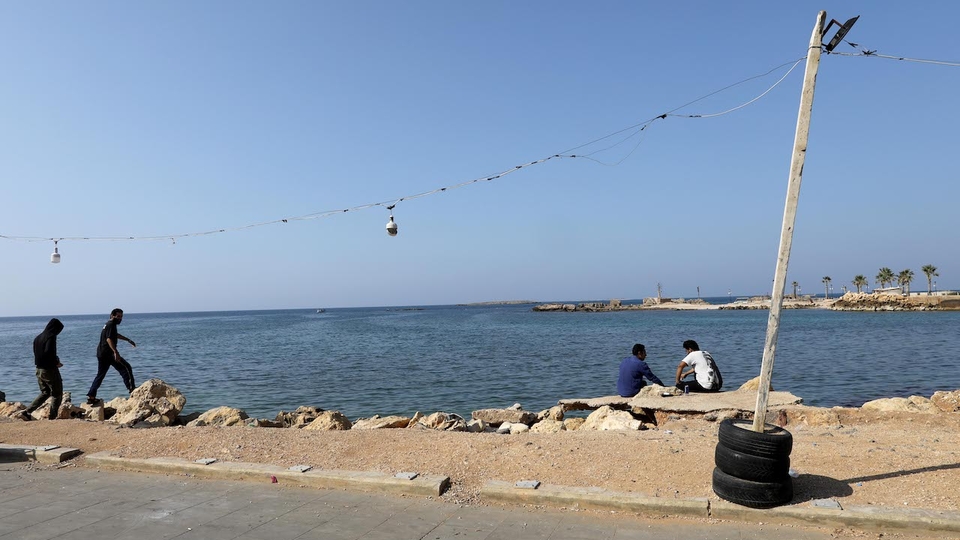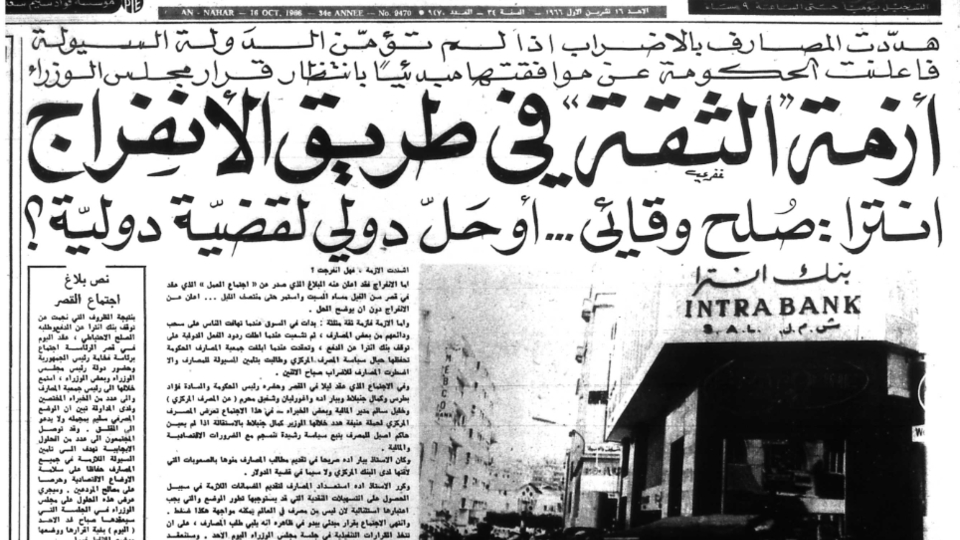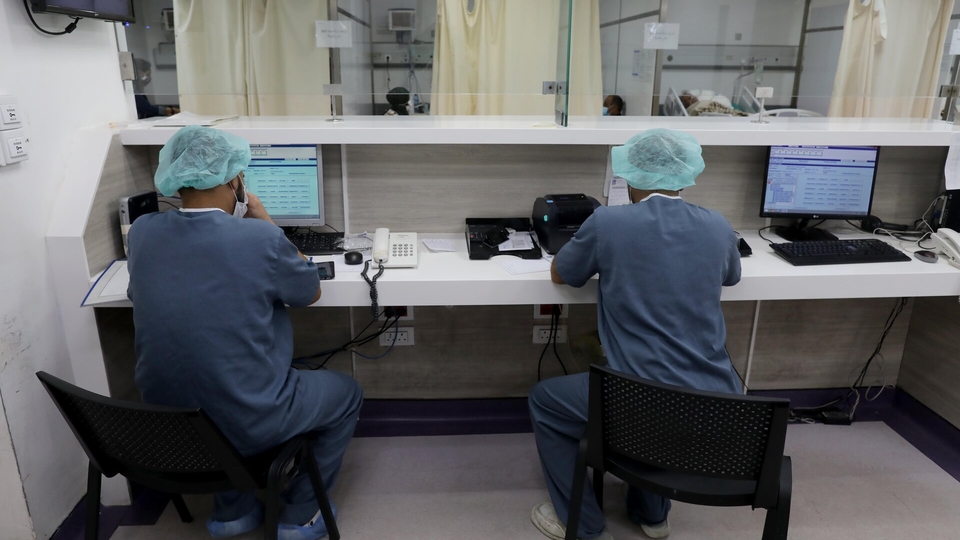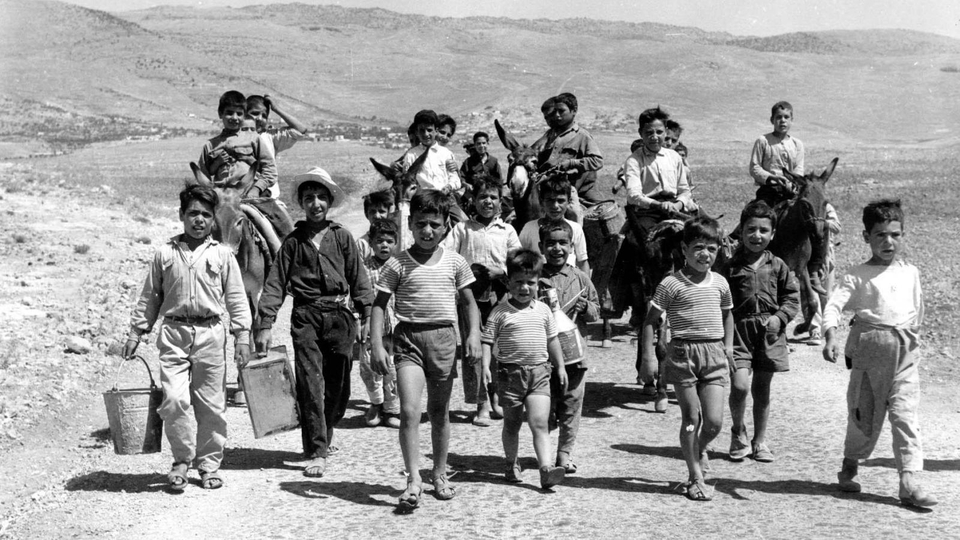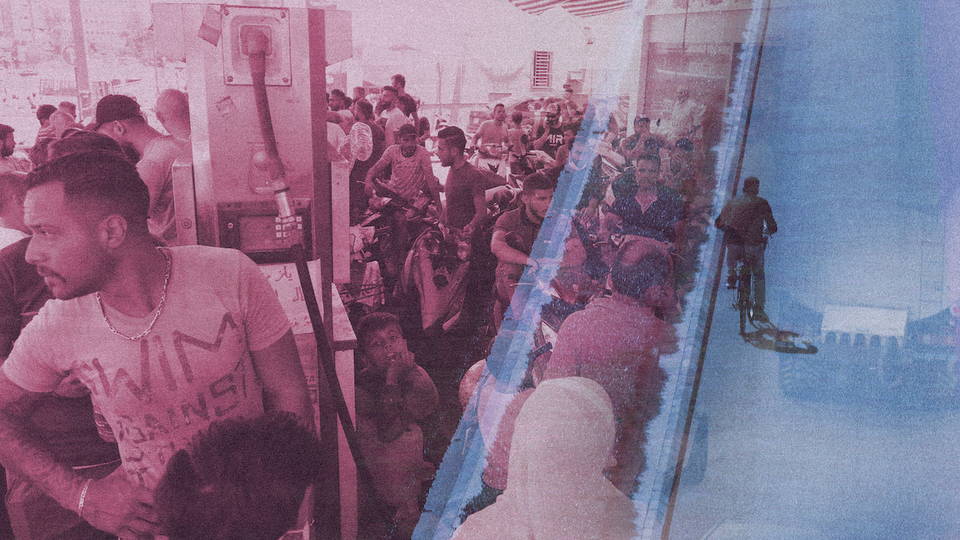Latest Articles
"في غزة كل شيء مختلف": عيش الماضي في الحاضر
Navigating the Economic Crisis Through a Solidarity Economy
ثمّة مَقبرَةٌ في الأُفُقِ
Riding with the Black Hose Brigade: The Truckers Who Bring You Water When the Government Fails
From Flush to Crop: Akkar Farmers’ Desperate Use of Raw Sewage Water
“We Are Everywhere, But Invisible”: How One System Facilitates Sexualized Violence and Protects its Perpetrators
Where Are the Calls to Arms for the Palestinian Resistance?
“Victory Over My Jailer”: The Afterlife of Revolutionary Walid Daqqa’s Steadfast Love
Wild Encounters: Meet the Eco-Warriors and the Endangered Animals They Defend
قبول مكتوم: مجتمع الميم في التاريخ الإسلامي
Sound and the Fury: Living With Noise Pollution in Beirut
Homage to the Honest Soldiers
In South Lebanon, Cultivating Resistance Against Israel’s “Substance from Hell”
War on Gaza Supplement
Scholasticide in Gaza: The Targeting of UNRWA Schools
Salah al-Din Street: Israeli Airstrikes on Convoy of Displaced People
Attack on the Church of Saint Porphyrius in Gaza City
The Tale of Gaza’s al-Omari Mosque and the Erasure of Palestinian Archaeological Heritage
Bakeries Under the Rubble: The Bombing of the al-Maghazi al-Jadeed Bakery
On Palestine & South Lebanon
Samidoun: Lessons From the Civil Resistance to the 2006 War
Israel Killed Issam Abdallah but Cannot Kill the Story
On “Pro-Palestine” Hypocrisy
عملية تحرير موقع سُجُد: مجموعة الجنِّ الأزرق
Seizing Knowledge Production in Solidarity With Palestine
Seasons of Life and War in South Lebanon: An Interview on Ecologies of Resistance
Surrounding Sur: Liberation Day Poetics
Committed to Liberation: Remembering Soha Bechara’s Clandestine Mission
“Never Give Up”: On the Inevitability of a Free Palestine
The (Dis)order Report

In South Lebanon, Cultivating Resistance Against Israel’s “Substance from Hell”
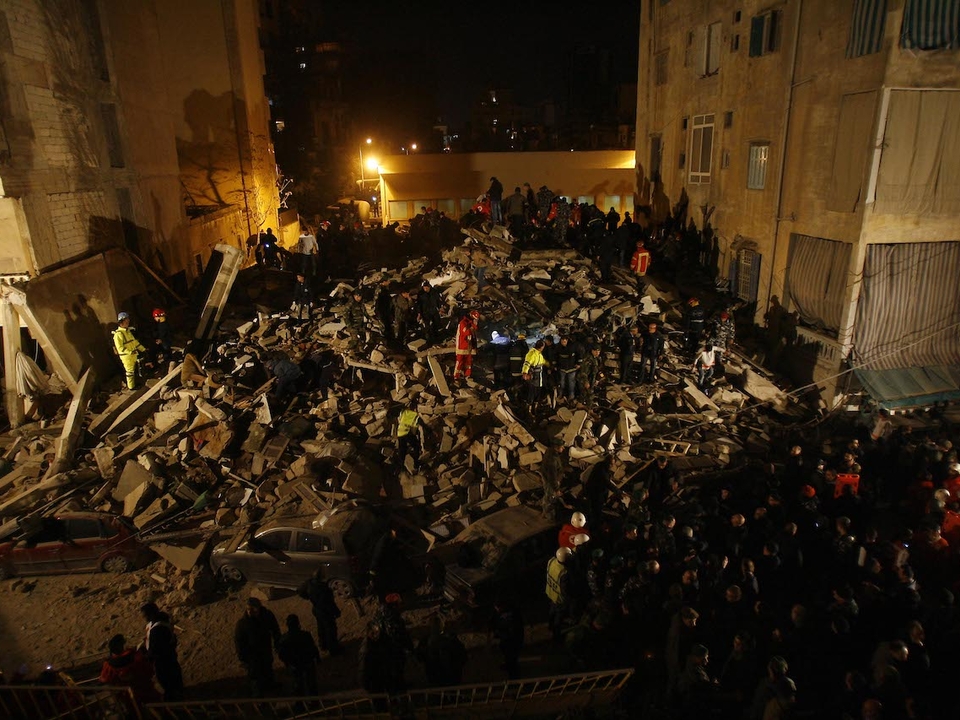
An old, badly maintained, and infrastructurally fragile building collapses in Achrafieh folllowing a storm, killing 27 people and injuring many more. Beirut, Lebanon. January 15, 2012. (Marwan Tahtah/The Public Source)
Three Years After the Beirut Explosion: Where Does Lebanon’s Disaster Management Stand?
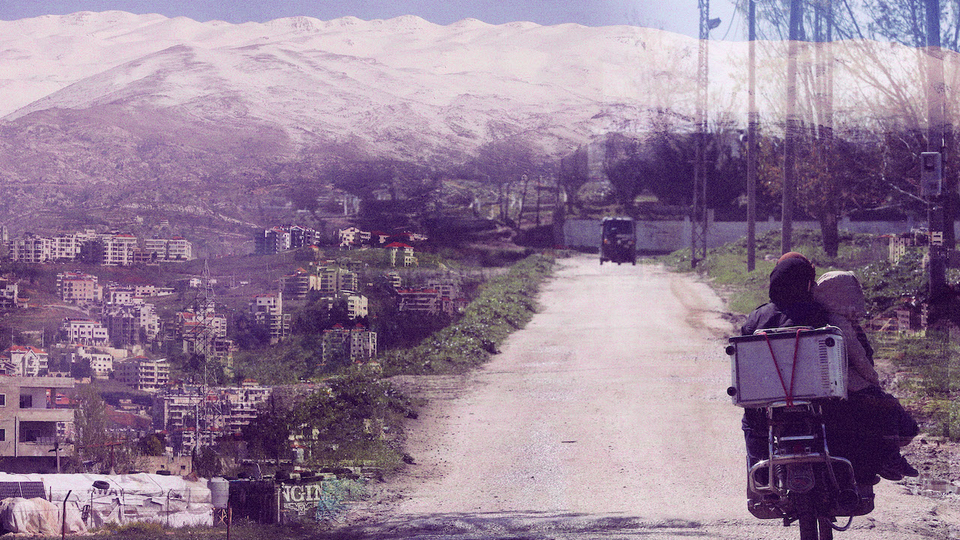
A composite image of women riding a motorcycle through agricultural fields in Central Bekaa and a snowy mountain range. Photos taken by Marwan Tahtah in Saadnayel, Lebanon on April 14, 2023. (The Public Source)
Warm Winter Woes: How Global Warming is Affecting Local Agriculture and Food

A composite of a senior woman protesting during the October 2019 uprising in the foreground (courtesy of Mourane Matar/Fawra Media) against an old Mar Mkhayel barber shop in the background. (The Public Source)
Indefinitely Deferred: Dignified Retirement Inaccessible to Most
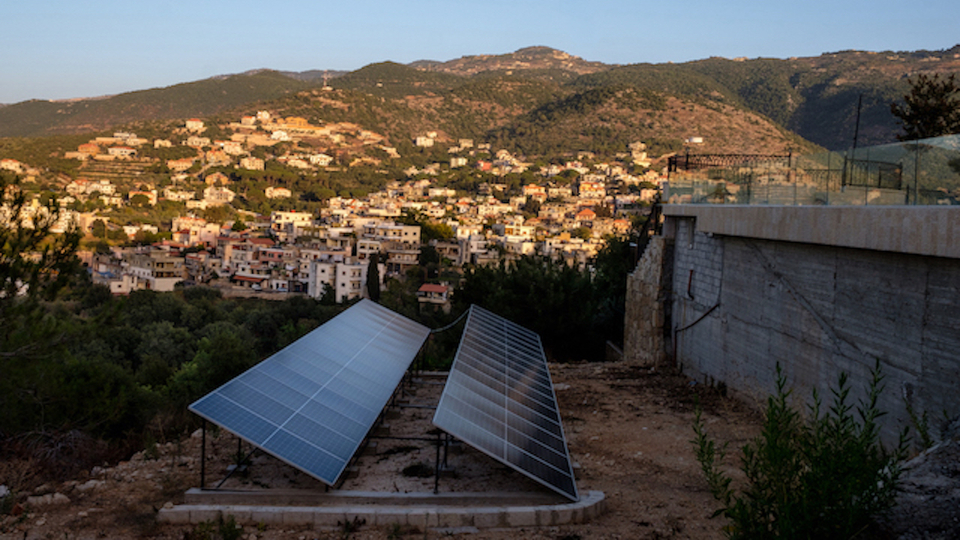
Villa owners can afford the cost and space it takes to install good solar systems. Akkar, Lebanon. September 30, 2022. (Rita Kabalan/The Public Source)
Privatizing the Sun: The Dark Side of Lebanon’s “Solar Revolution”
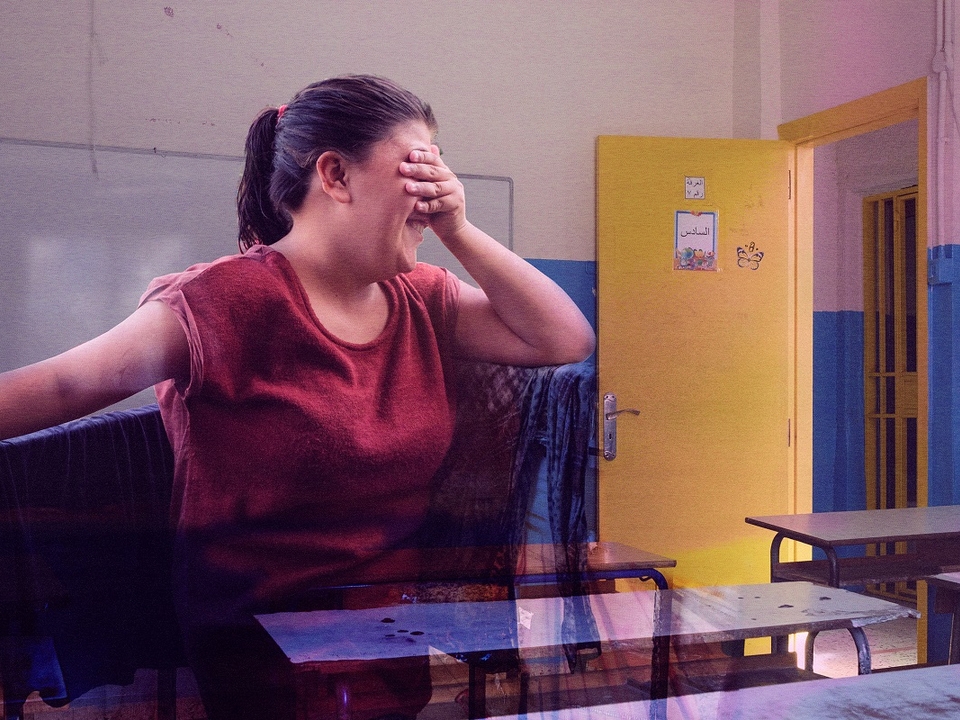
A composite of 13-year-old Jinane in the foreground and a public school classroom in the background. Photos taken on September 19, 2022 by Rita Kabalan.
Public Education: Thousands of Children Left Behind at the Start of the School Year
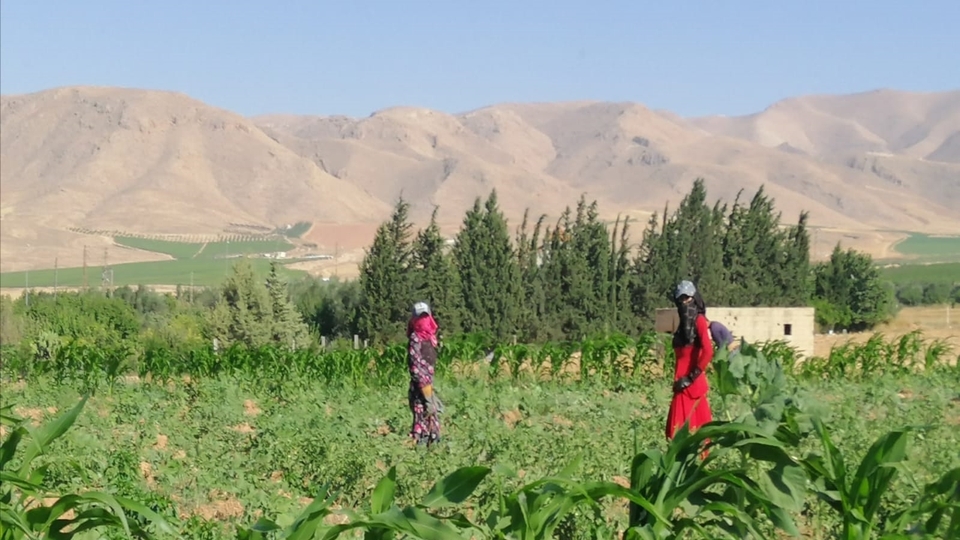
Agricultural laborers work the field on amiri land, a type of state land that allows for communal use. Most amiri lands are in the Beqaa region, where three quarters of residents live off agricultural work. Beqaa, Lebanon. 2021. (Photo courtesy of Public Works Studio)
The Land We Stand to Lose to the Sovereign Fund
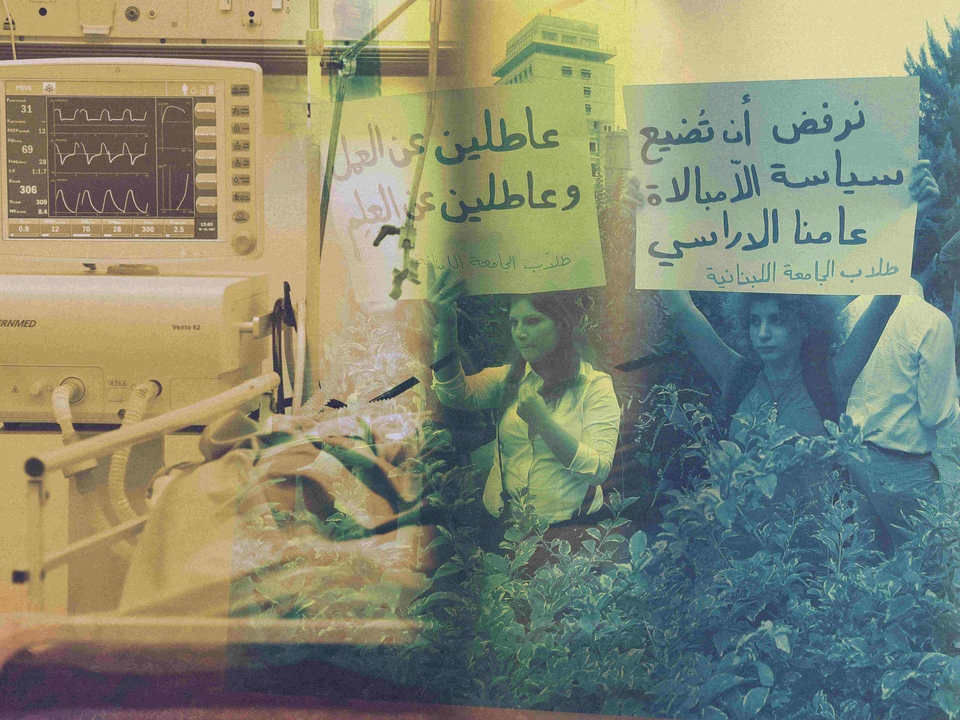
Composite of images taken at a hospital in Lebanon and of protests organized by Lebanese University students. Photos taken on October 19, 2021 and October 25, 2011, by Marwan Tahtah. (The Public Source)
Students or Workers? Lebanese University Medical Students on the Frontline of a Crumbling Healthcare System
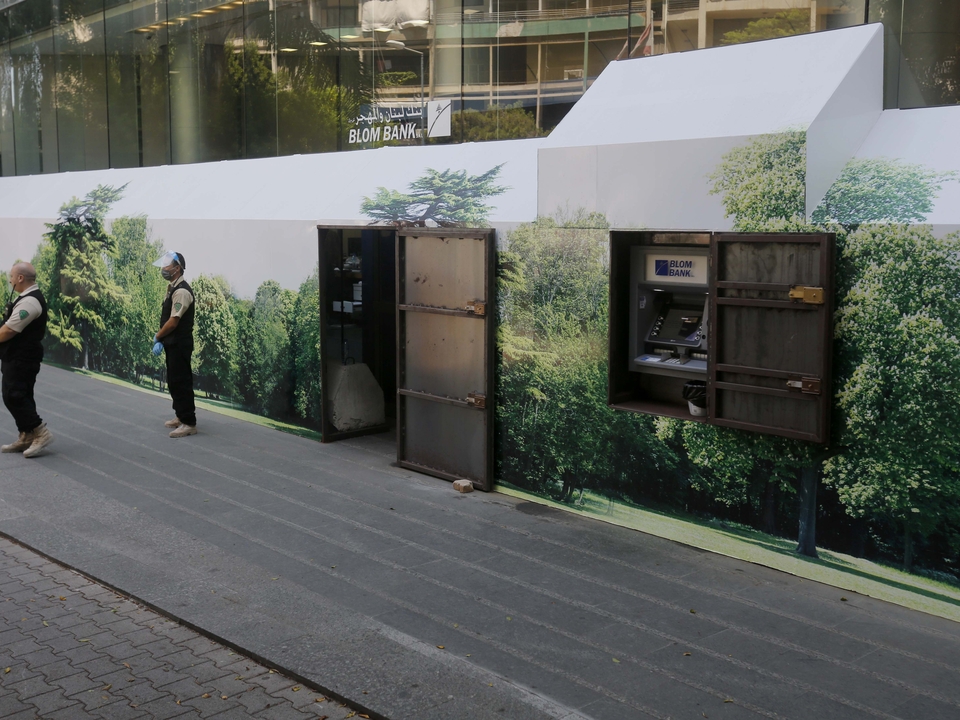
Private security guards stand in front of a barricaded branch of BLOM Bank. Beirut, Lebanon. July 2020. (Marwan Tahtah/The Public Source)
While We Try to Survive Its Last Scheme, Lebanon's Banking Sector Plots Another Grand Theft
The Long Read
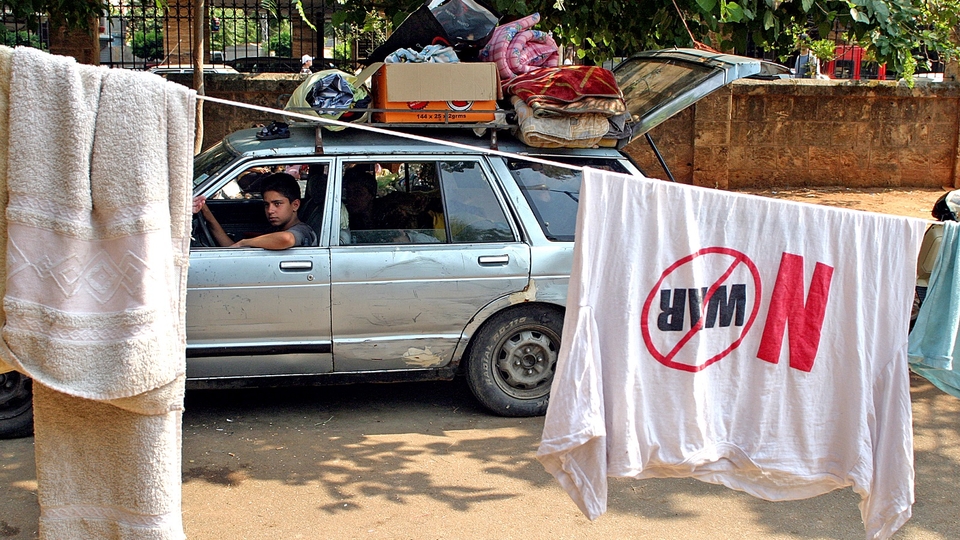
A young man, displaced during the 2006 war, drives a car loaded with his belongings. Sanayeh, Beirut. July 27, 2006. (Marwan Tahtah/The Public Source)
Samidoun: Lessons From the Civil Resistance to the 2006 War
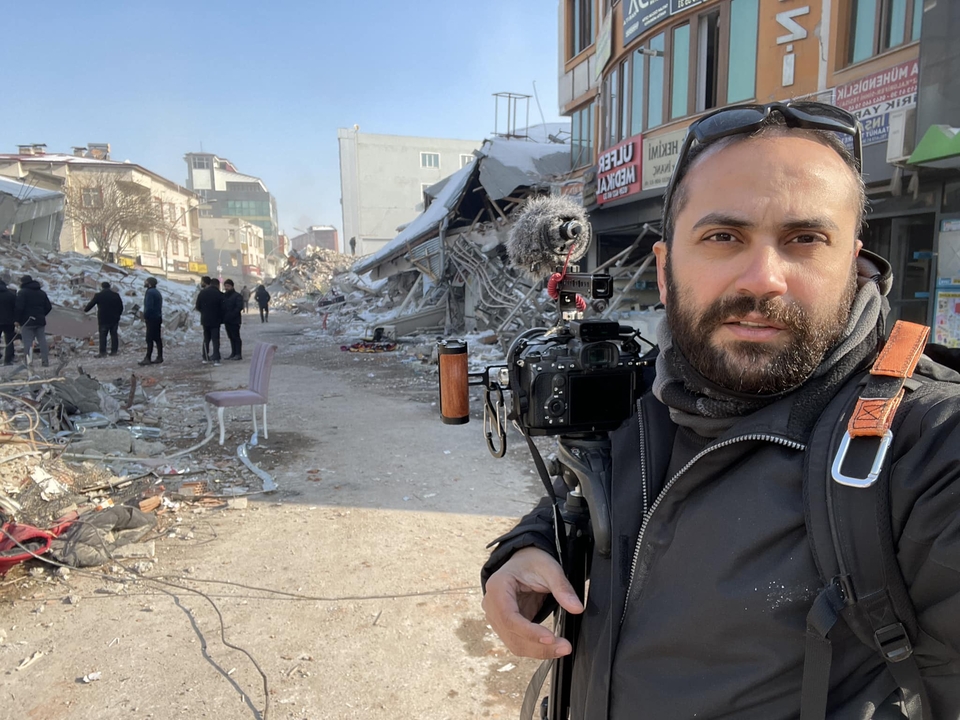
A self-portrait of the martyr Issam Abdallah, camera in hand, in front of destruction in Elbistan following the earthquakes that struck Turkey and Syria earlier this year. February 12, 2023. (Retrieved from Issam's Facebook profile)
Israel Killed Issam Abdallah but Cannot Kill the Story
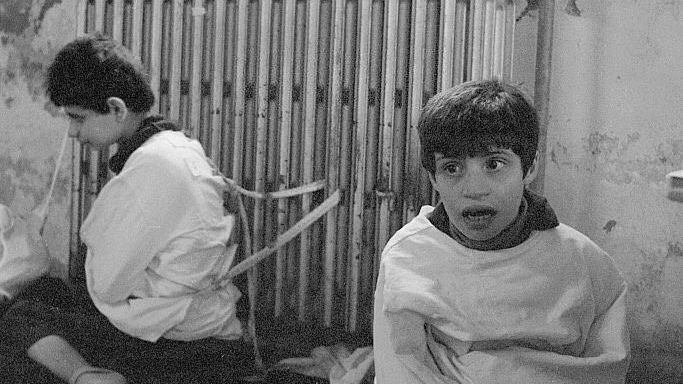
A rare photograph from the Psychiatric Hospital of the Cross (Dayr al-Salib), taken in the aftermath of the 1982 Israeli invasion, of two children clad in modest winter dress and bound to a radiator, their faces reflecting distress and dread. Dayr al-Qamar, Lebanon. 1982. (José Nicolas/Corbis via Getty Images)
(Im)Possibilities of Healing Within the Mental Health System
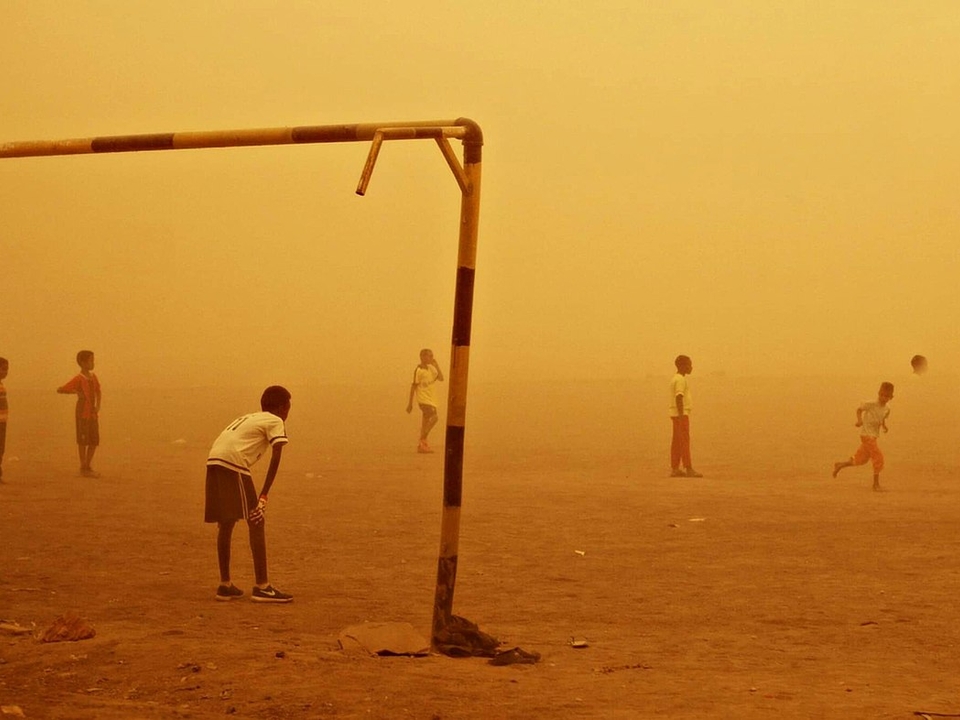
Sudanese children at morning football training on the sand, despite a raging sandstorm. March 29, 2018. (Mohammed Abdelmoneim Hashim Mohammed/Creative Commons)
Lebanon, Radical Hope, and the Natural Economy in the Age of Climate Breakdown
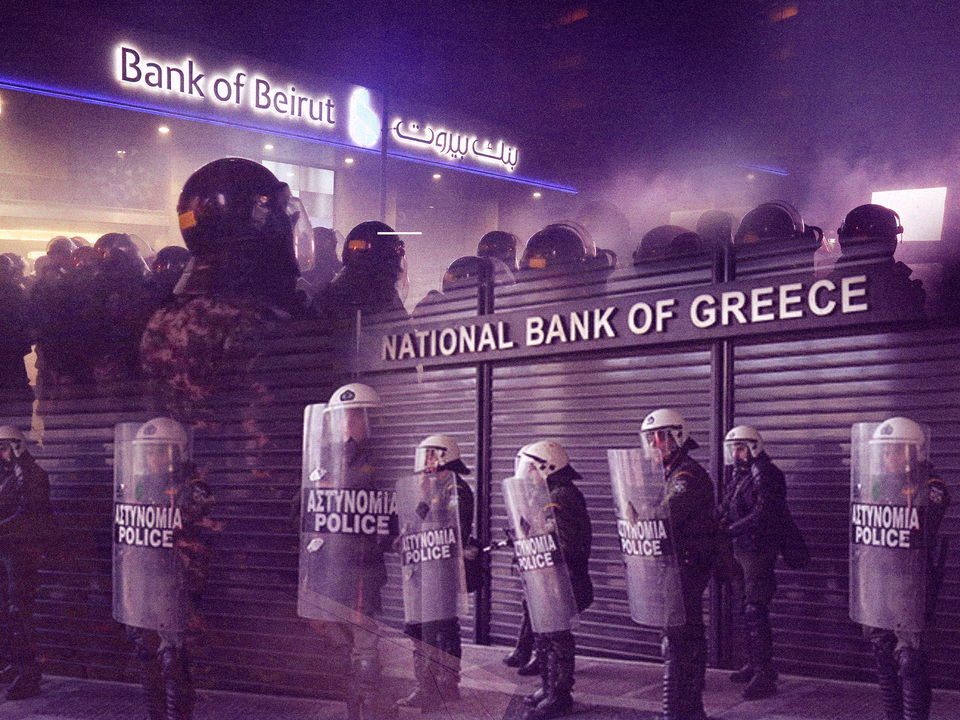
A composite of Lebanese police guarding the Bank of Beirut during the "week of rage" anti-government protests in Hamra on January 14, 2020, (Marwan Tahtah/The Public Source) and Greek police guarding the National Bank of Greece during anti-austerity protests on February 25, 2010. (Creative Commons)
What About the “Sovereign Wealth Fund”? Some Lessons From Greece
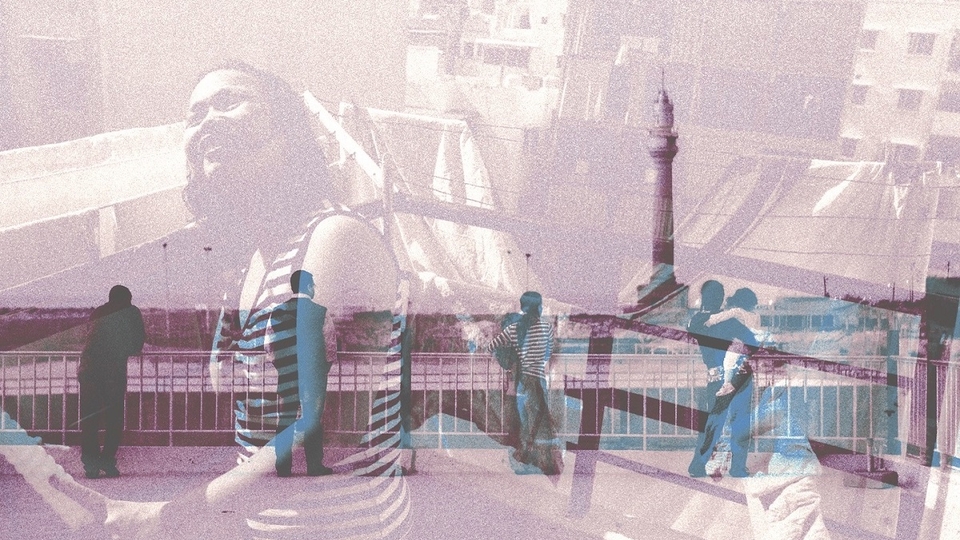
A composite of migrant domestic workers holding their employers' children and enjoying the view, and a woman chatting with a friend from the balcony of her employer's home. Photos taken by Matthew Cassel between March 31, 2010 and May 13, 2010 in Beirut, Lebanon.
Neoliberalism and Kafala
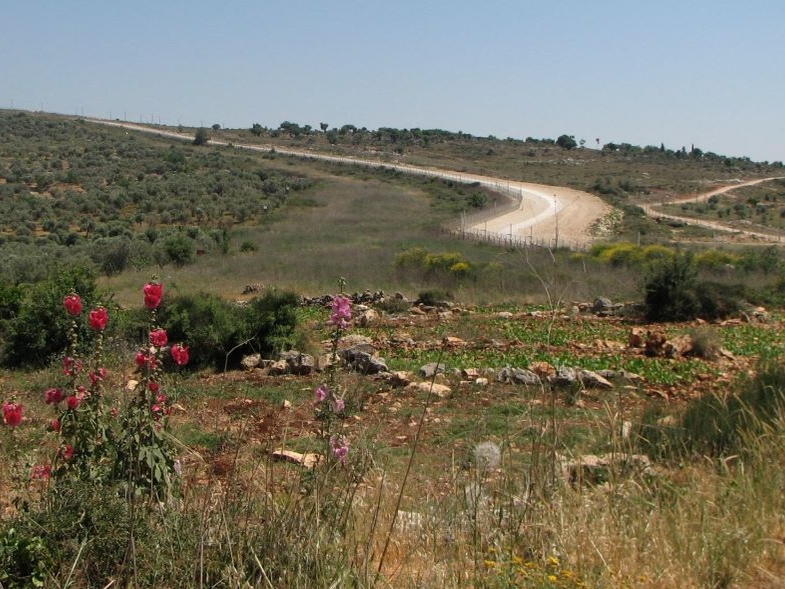
Life and war in South Lebanon are embroidered in the landscape: the border fence, a deadly minefield, an olive grove, a tobacco field and a lovingly-tended backyard garden. Dhaira, Lebanon. 2007. (Photo courtesy of Munira Khayyat)
Seasons of Life and War in South Lebanon: An Interview on Ecologies of Resistance
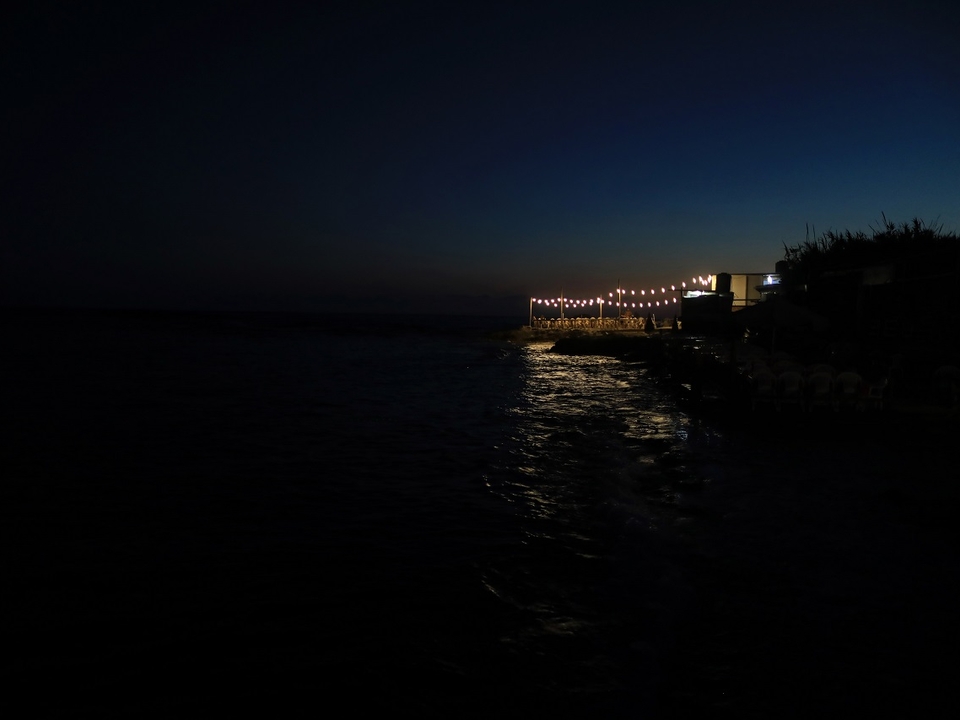
The sea of Sur by night. Tyre, Lebanon. June 18, 2021. (Marwan Tahtah/The Public Source)
Surrounding Sur: Liberation Day Poetics
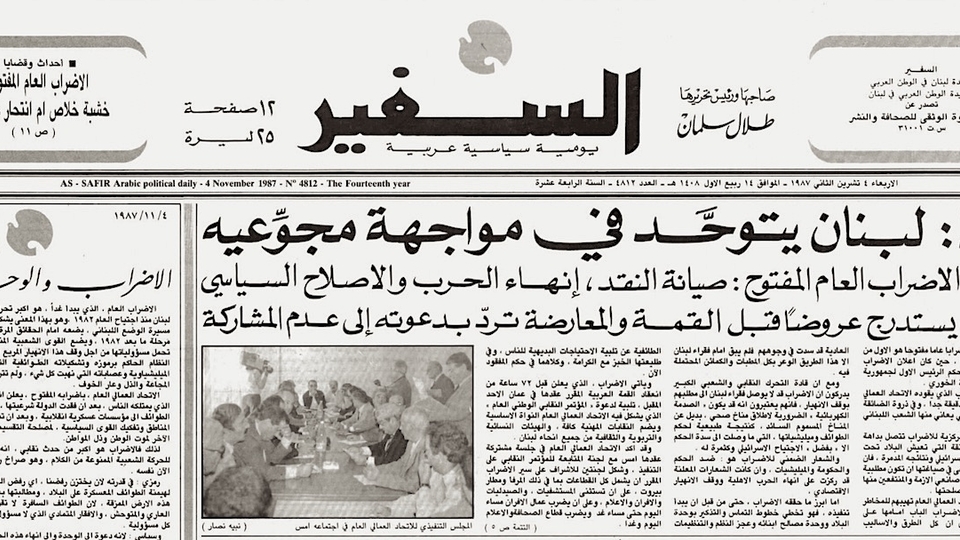
“Tomorrow: Lebanon Unites to Face Those Starving It.” Assafir, November 4, 1987.
Digging Through the Archives for the 1987 Strike That Braved the Barricades
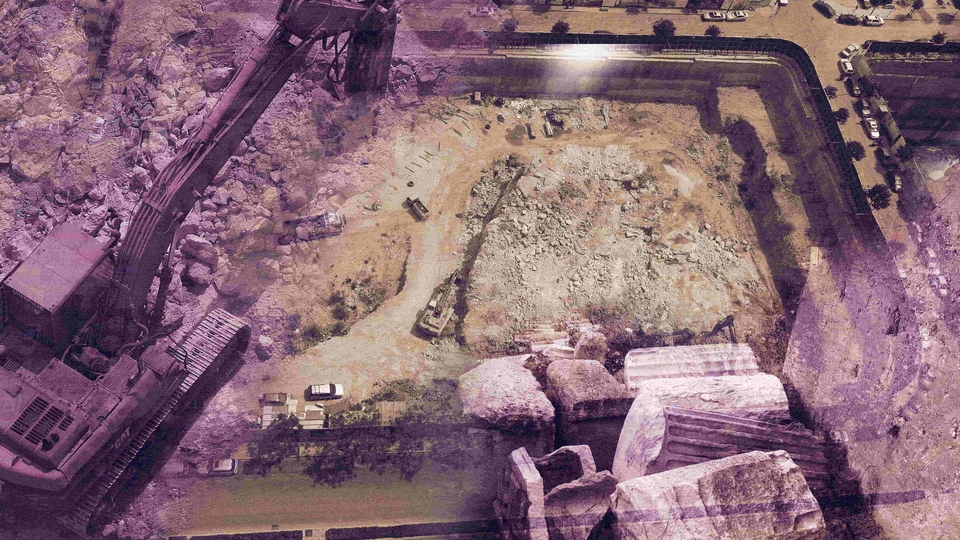
Composite of images taken at archeological sites-turned-constructions sites around Beirut. Photos taken on June 26, 2012 and February 17, 2022, by Marwan Tahtah. (The Public Source)
Searching for Lebanon’s Ancient Ruins Amid Capitalist Ruination
In-Trans

Still from the documentary "Amussu" (2019), directed by Nadir Bouhmouch. It tells the story of the villagers of Imider in southeastern Morocco who "shut down a water pipeline to Africa's biggest silver mine to save their oasis ... [and later] sing while harvesting the fruits of their militancy." (Photo Credit: Mohamed Ed-Daoudy)
Dismantling the Greenwashing Machine: Strategies From Below

"Militants In Training" silkscreen poster, produced circa 1970. (Source: The Palestine Poster Project Archives)
On “Pro-Palestine” Hypocrisy
Editorials

What is the responsibility of knowledge producers to Palestine?
Seizing Knowledge Production in Solidarity With Palestine
Chronicles of the Crisis

An altered image of Hashem Methlej over a picture of the Mediterranean sea. (The Public Source)
Intercepted at Sea: The Drowned, the Saved & the Missing
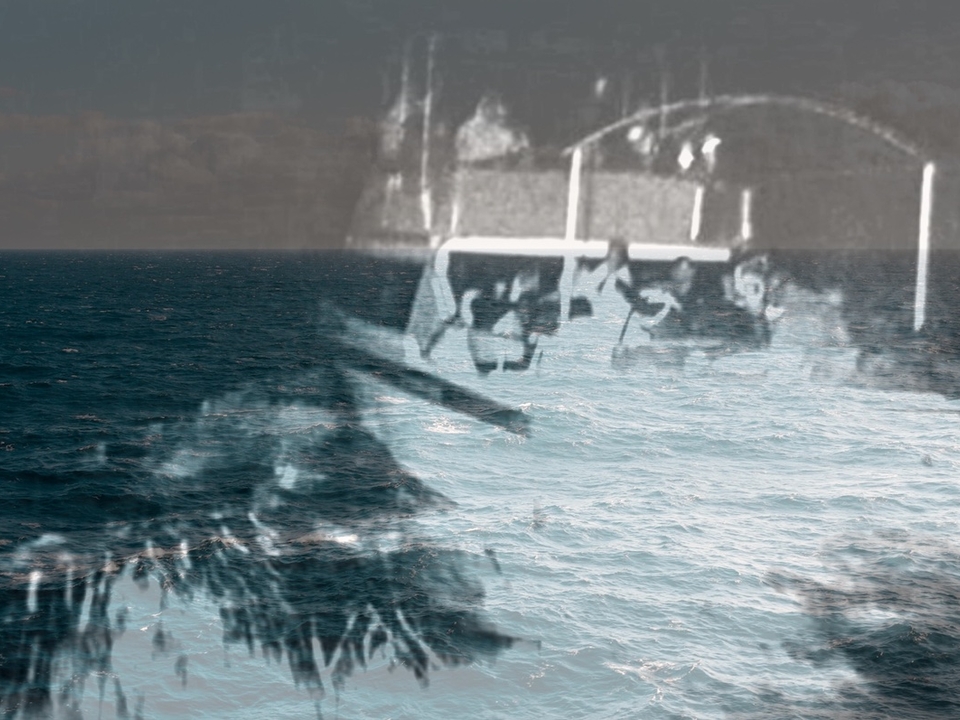
An altered image of the small migrant boat as it attempted to evade the pursuit of a Lebanese naval vessel. (The Public Source)
Intercepted at Sea: Anatomy of a Pullback

Months before he embarked on the "death boat," Hashem Methlej drew an ominous sketch of a boat sinking. Tripoli, Lebanon. October 28, 2022. (Marwan Tahtah/The Public Source)
Intercepted at Sea: The Deadly Reality of Border Control
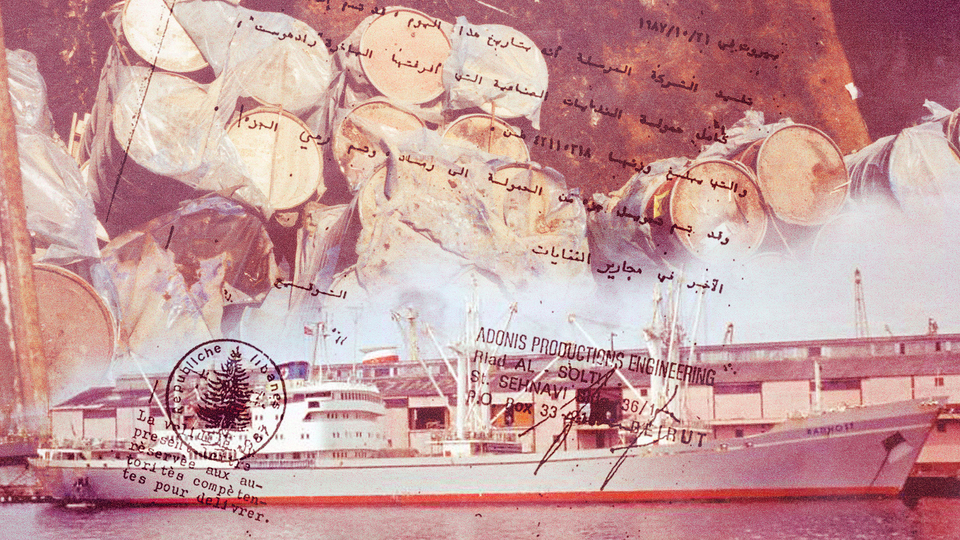
A composite of a forged document claiming the successful incineration of the toxic waste, the Radhost motorship, and the toxic barrels. (Photos © ShipSpotting/Wolfgang Kramer & © Dr. Pierre Malychef from Lab of False Witnesses for Ecotoxicological Research and Communication)
The “Ecological Time Bombs” Unloaded at the Beirut Port Decades Ago

A composite of people protesting the 2015 garbage crisis, barrels of toxic waste at the Shnan‘ir quarry, and a “river of trash” in Jdeideh in 2015. (Photos by Marwan Tahtah & © Dr. Pierre Malychef from the Lab of False Witnesses for Ecotoxicological Research and Communication)
Merchants of Death
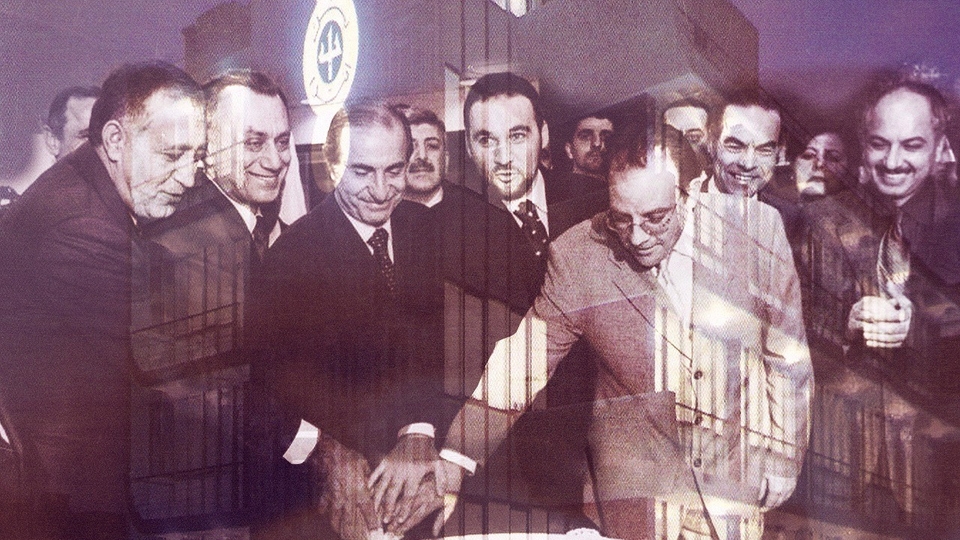
A composite of archival images from Assafir newspaper of the offices of Intra Investment Company and the opening of the Finance Bank, one of Intra Holdings' most secretive holding companies, on December 7, 1999. Mahfouz Sakina, Hassan Farran, Yacoub Al Sarraf, and Salah Harakat are seen cutting a cake. (The Public Source)
Intra Investment Company: The “Lebanese State’s Best Kept Secret”
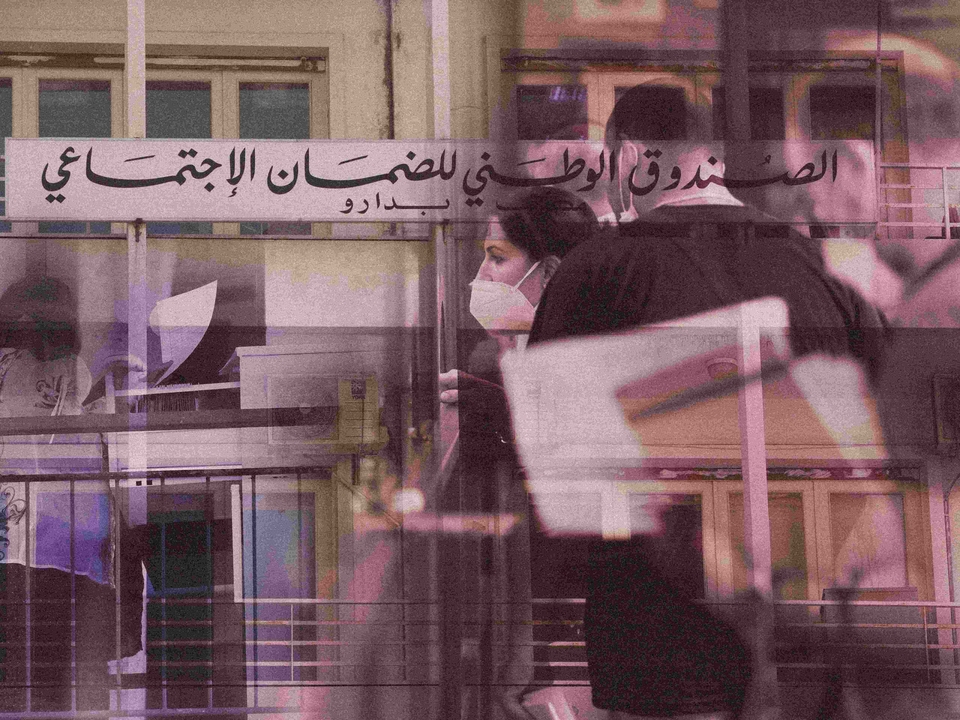
Composite of images taken at different National Social Security Fund (NSSF) offices across Lebanon. Photos taken on October 8, 2021, by Marwan Tahtah. (The Public Source)
The Full Story Behind the Looming Collapse of the National Social Security Fund

Composite of images taken at a protest organized by the Beirut Port Explosion Victims' Families and the Lebanese Union for People with Physical Disabilities to demand justice for people killed and injured by the blast. Sylvana Lakkis, president of the union, is the center of the image. Photos taken on July 4, 2021, by Hussein Baydoun. (The Public Source)
“And What Would You Like Me to Do About It?”: How the Lebanese Government Disabled Hundreds of People — and Then Left Them to Pay for Its Crime
In the Interlude
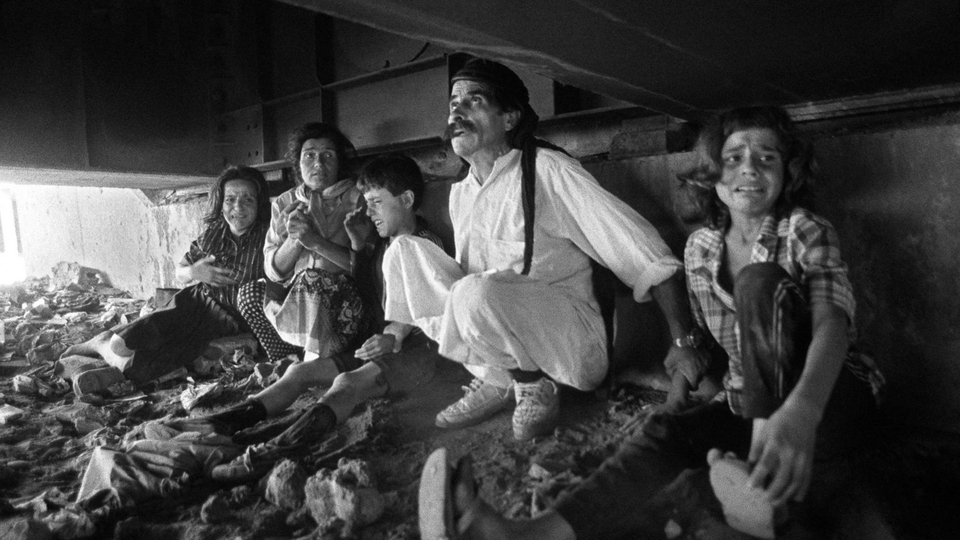
Photojournalist Marwan Tahtah had heard about this photograph taken by his relative Kamel Lamaa before he saw it for the first time hung on a wall in his uncle’s apartment. Lamaa worked as a photojournalist for the AFP and owned “Play Boy,” a photography studio he ran with his siblings and cousins in the southern suburb of Beirut. In the mid-80s, as heavy shelling was falling on the city, Lamaa was driving with his colleagues near al-Sahel Hospital when their car was hit. After hiding under a bridge, they found this terrified family taking refuge. Beirut, Lebanon. August 25, 1985. (Kamal Lamaa/AFP, courtesy of Marwan Tahtah)
Capturing the End Times: The Unseen Realities of Photojournalists in Lebanon

Rianna Tassabehji makes her way amid rocky outcrops on a trail that twists at the bottom of a hill. Batloun, Lebanon. September 14, 2022. (Chris Trinh/The Public Source)
Returning to the Land and Our Oral Plantcestral History

A composite image of Khaled Al Mahmoud inspecting a frame amid colorful wooden hives with bees and flowers in the foreground in Mazra'at Jemjim, Lebanon. Photos taken on June 11, 2022 by Marwan Tahtah. (The Public Source)
Collective Beekeeping in South Lebanon

Composite of images provided by Zoukak of their performance of the Rave Empire in France. Photos taken on January 27, 2022. (The Public Source)
Zoukak’s Political Theater: A Space for Collective Reflection Amid Crisis
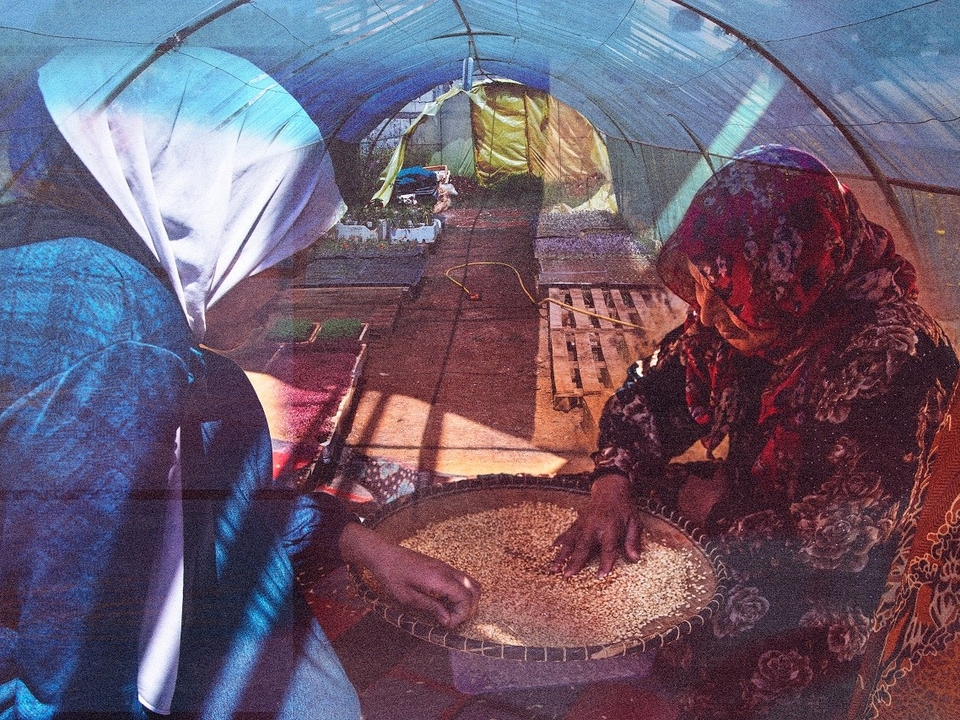
A composite image of Fodda El Youssef (left) and her mother Aziza Sattouf (right) manually sorting wheat to be sent to a mill in Saadnayel, Lebanon, against the backdrop of Seed in a Box's vegetable seedling greenhouse in Beddawi, Lebanon. Photos taken on May 10, 2022, and May 18, 2022 by Chris Trinh. (The Public Source)
From the Ground Up: Seed Saving and Food Sovereignty in Lebanon
[From the Archive] Dispatches from the October Revolution

Protesters engage in a discussion during the early days of the October uprising in "The Egg," an iconic abandoned opera house in central Beirut. October 24, 2019. (Gloria Tawk/Fawra)
Lebanon’s Global Conundrum: Which Strategy for Political Change?
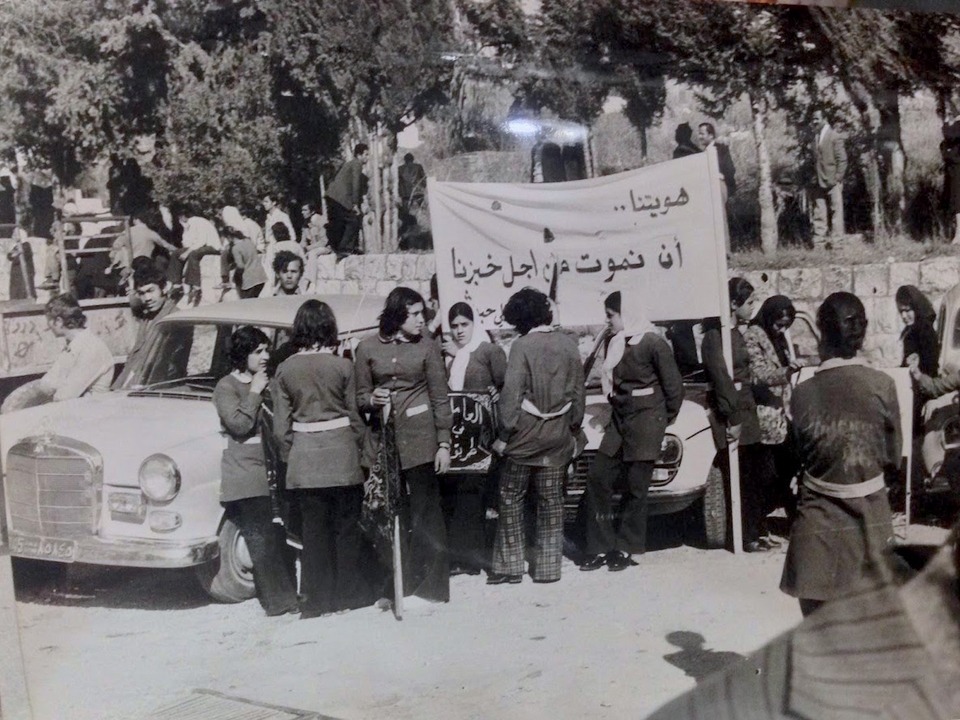
Young women in factory uniforms hold a banner that reads, “our identity is to die for our bread.” Date unknown. Source: Al-Anwar newspaper.
The Power of Withholding Labor: The General Strike as Cultural Work
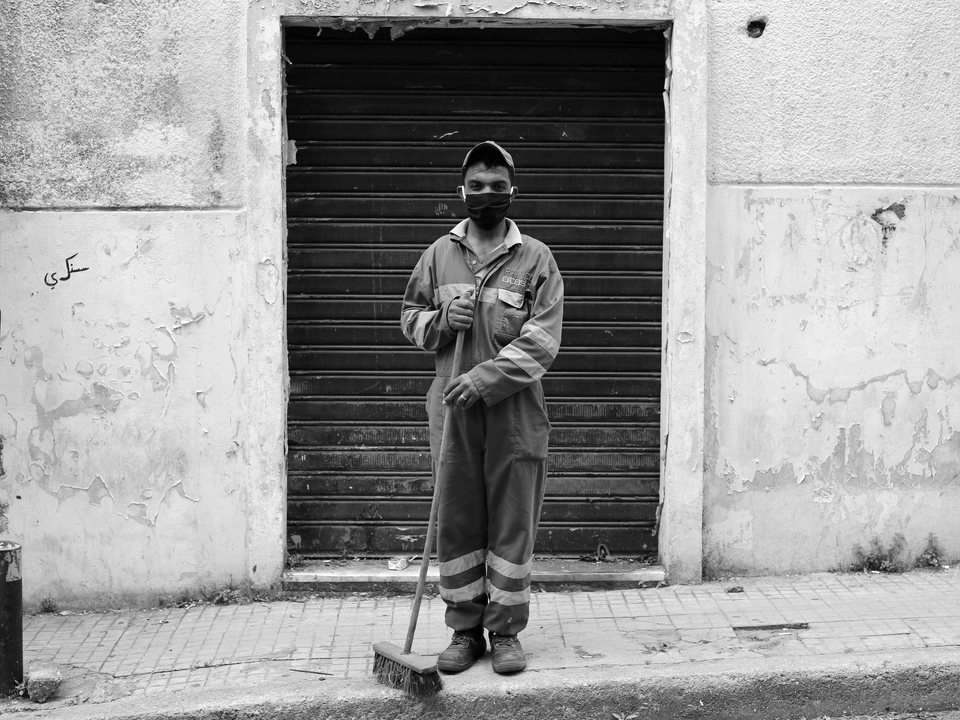
A sanitation worker employed by Lebanese company Ramco pauses for a picture while working a shift at the peak of the COVID-19 pandemic. April 6, 2020. (Marwan Tahtah/The Public Source)
Labor in Lebanon: Between Racism and Capitalist Exploitation
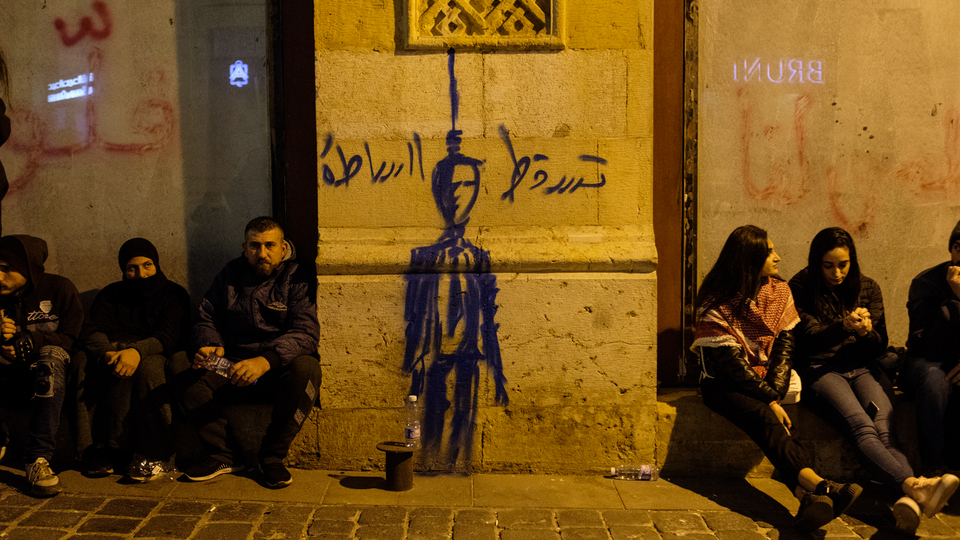
Protesters rest beside graffiti depicting the hanging of an authority figure. Downtown Beirut, Lebanon. December 15, 2019. (Rita Kabalan/The Public Source)
Oligarchiyya, Lebanese Style (Part 2 of 2)
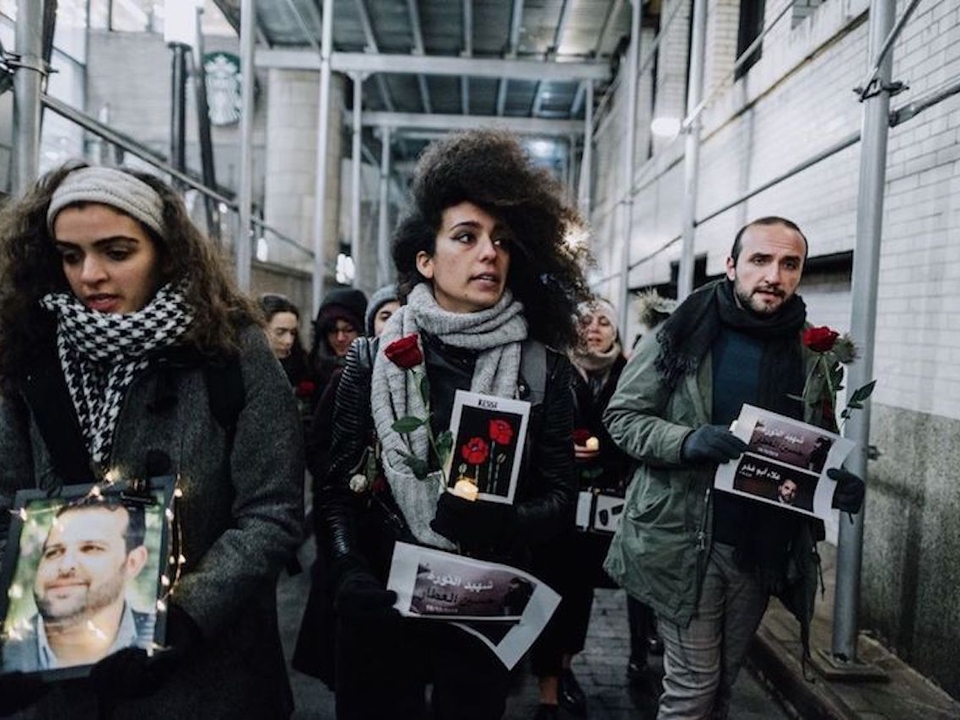
Lebanese expatriates in New York City express support for injured and killed anti-establishment protesters in their home country. November 19, 2019. (Ahmed Gaaber/The Public Source)



